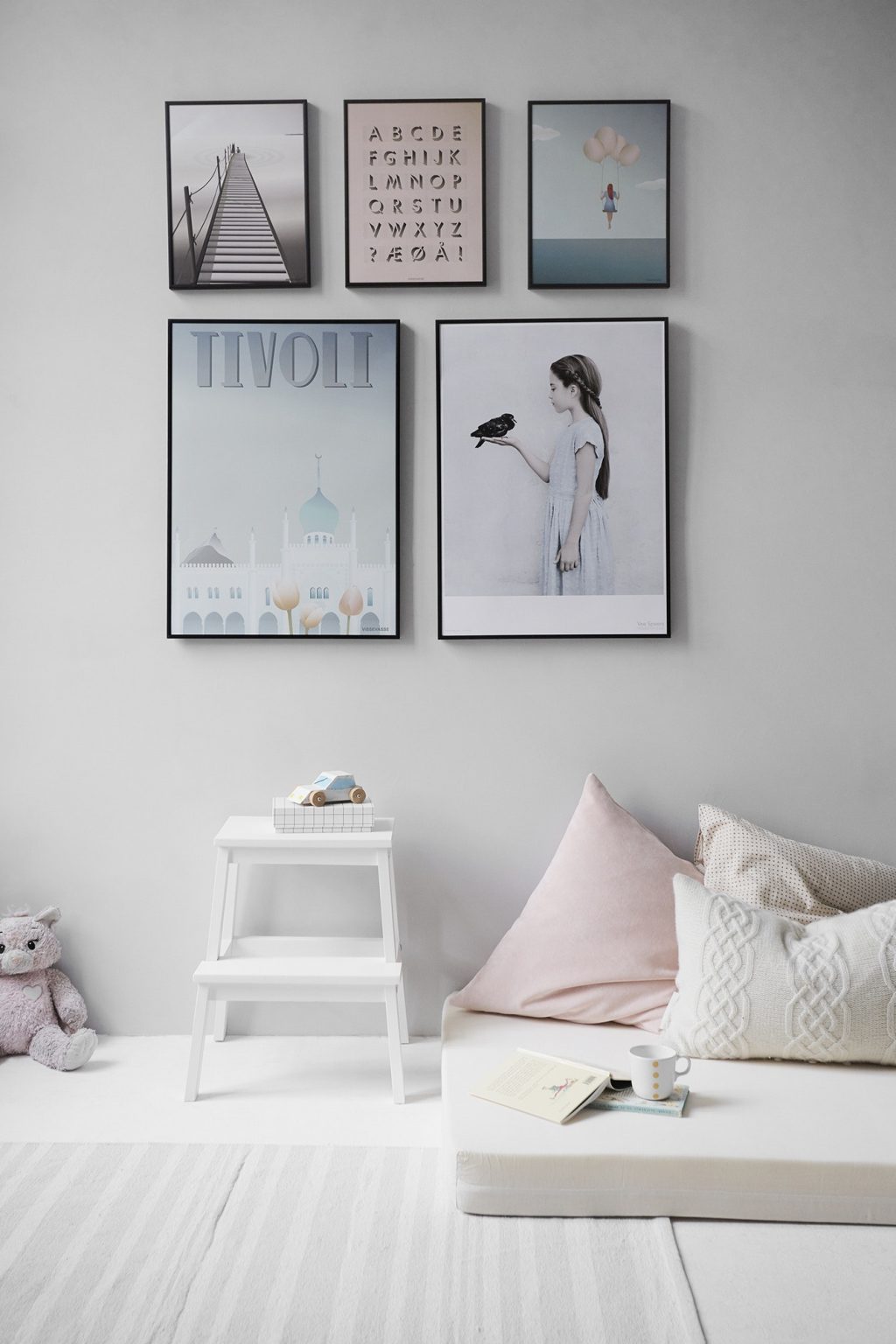Things to Consider When Designing Your Child’s Bedroom

Designing your child’s bedroom is a special moment for to-be parents. After having their first child, couples can hand-pick simple decorations for newborns. Whatever selection you make should enhance comfort. Apart from furniture and wall decorations; they will need soft toys to play, and learn. As you consider various designs, reflect on what makes a simple bedroom decor. Sometimes, the use of many contrasting colours might make interior decorations too vague. However, a soothing space for kids will be their haven.

Here are some unique ways to achieve the design of your choice:
- Keep it Simple: Don’t forget to use subtle shades and not overdo the designs while trying to organize a child’s bedroom. Interior stylist solutions suggest to keep it simple to avoid overstimulation with special effects. You can be creative by making the space less crowded with accessories. Too many designs might distort sleep patterns, and kids need sufficient hours of sleep for mental and physical development. So, make it simple and plain; avoid clutters of toys that might over-stimulate their brains.
- Use colourful Wallpapers: Kids learn to read and observe their surroundings quietly. While designing their bedrooms, use children’s wallpapers with educational themes. Instead of plain wallpapers, introduce products with geometrical patterns. Stylish wallpapers offer aesthetic finish and a brilliant backdrop to the walls. If your budget is not enough to cover all of the bedroom, a single section of the wall can be enhanced.
- Mattresses and Cradle: Unlike mattresses for adults, children need what fits the cradle and soothes them to sleep. Consider waterproof mattress protectors and beds with edge protectors. There are soft edge protectors for cradles. Toddlers become restless as soon as they can balance their feet on the ground. They might attempt to bounce on mattresses and collide with the frames at the corners of wooden cradles. A well-cushioned cradle and mattress should provide enough support that prevents head-on collisions.
- Use Modular Furniture: Bedtime storybooks, clothes, photos, toys, mementos, and other kids’ collections need to be accessible. Conserving space with adjustable shelving is a smart way to organize your child’s bedroom. Modular furniture consists of units with lift-up lid and drawers. The multifunctional use of modular furniture makes the room tidy. In modern homes with little floor space for children, the room’s design can be recreated to give adequate space for more stuff.
- Allow Natural Light: When the sun rises, it brings vitamins that promote wellness. Lighting is an exciting feature that enhances the ambience of rooms. However, poor lighting may trigger panic and anxiety for kids. Try to restrict the use of artificial lights when possible because natural light helps your kids keep up with their circadian clocks. Additionally, you can install full-spectrum energy-saving light bulbs; they don’t emit heat like fluorescent tubes. If the room becomes too hot because of light’s intensity, it might make children feel uncomfortable and edgy.
- Use non-fabric blinds: It’s not safe to use thick curtains or drapes in children’s rooms. Instead, use non-fabric blinds that are not inflammable. You can decorate the blinds with cartoon characters, or alphabets with different colours and patterns. Additionally, blinds allow for proper circulation of oxygen because they don’t block out all of the natural light that enters the room.
- Create a Cozy Room with Accessories: Plan for accessories like milk and sugar homewares pillows, rugs and lighting, stuffed animals, and toys with built-in MP3 audio players. While decorating a child’s bedroom, our experts recommend that parents and guardians should make it cozy. Usually, kids are comfortable when they cuddle your arms and soft accessories. It puts them to sleep easily and self-soothe them when they feel like crying. More so, you can create a small lounge with body pillows to lounge on when they are not asleep.











